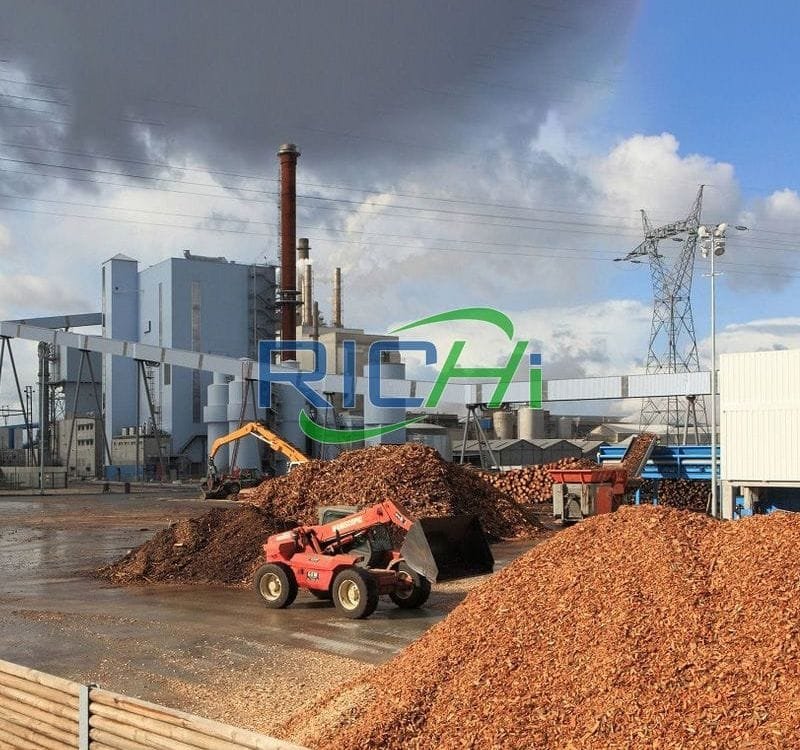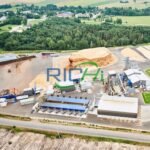Biomass pellet projects are pivotal in ushering in a more sustainable energy future, but their success hinges on understanding the intricate cost landscape. Let’s explore the key components and considerations shaping the financial viability of these projects.
Cost Components:
- Feedstock Costs: Procuring and transporting raw biomass materials, like wood residues or agricultural waste, constitute a significant portion of biomass pellet project costs.
- Preprocessing Costs: Preparing biomass for pelletization involves drying, grinding, and sizing, requiring specialized equipment and energy.
- Pellet Production Costs: Investment in pellet mills, coolers, and screening systems, along with ongoing operational expenses, form the core of project expenditure.
- Storage and Transportation Costs: Storing and delivering biomass pellets to end-users incur expenses based on distance, transportation mode, and storage needs.
- Infrastructure and Site Preparation Costs: Infrastructure investments for site prep, utility connections, and access roads are location-dependent.
- Permitting and Regulatory Costs: Compliance with environmental and regulatory standards entails costs for permitting, monitoring, and compliance.
- Financing Costs: Projects often require substantial upfront investments, with financing options like loans or equity impacting overall costs.
Influencing Factors:
- Project Scale: Larger projects benefit from economies of scale but require higher initial investments.
- Feedstock Availability and Quality: Biomass quality affects processing costs and pellet yield.
- Technology and Equipment: Choice of equipment influences capital and operational costs, as well as efficiency.
- Location and Infrastructure: Project location affects land costs, transportation expenses, and access to utilities.
- Regulatory Environment: Regulations and incentives vary by region, affecting project costs.
- Project Financing: Terms of financing impact overall cost structure.
Cost Optimization Strategies:
- Feedstock Sourcing: Long-term contracts and efficient handling mitigate supply risks.
- Process Optimization: Advanced technology improves efficiency and reduces waste.
- Strategic Siting: Selecting locations with abundant feedstock and infrastructure reduces costs.
- Partnerships: Collaborating with stakeholders leverages shared resources and reduces expenses.
- Financing Strategies: Exploring incentives and innovative models mitigates financial risks.
- Risk Management: Planning for contingencies minimizes potential cost overruns and delays.
As demand for renewable energy grows, biomass wood pellet plant construction projects are crucial. By navigating costs and implementing optimization strategies, stakeholders can unlock the full potential of this sustainable energy source, contributing to a greener future.


